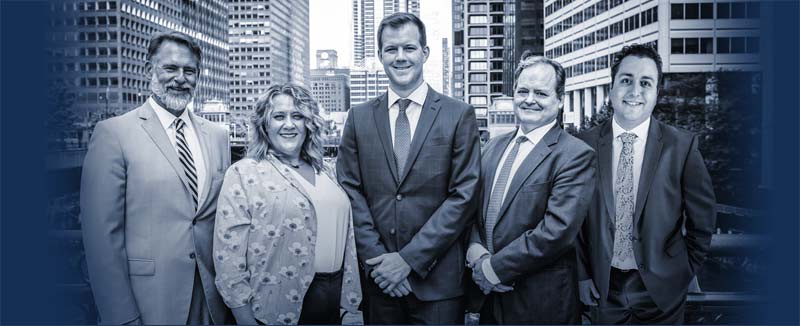So, you’ve started your business and you want to protect your brand by filing your trademark with the USPTO. One thing that you should know is that not all trademarks are created equally. Along with identifying the source of a product or service, trademarks must be distinctive in order to be protectable.
“What does “distinctive” mean?,” you might ask. A mark’s distinctiveness can only be determined when considering the mark in relation to the specific goods or services it is associated with. There is a broad spectrum of distinctiveness when it comes to trademarks – from generic all the way to arbitrary or fanciful. Fanciful, arbitrary, and even suggestive marks are often referred to as “inherently distinctive,” and can be registered without proof of acquired distinctiveness. However, descriptive marks may not be registered without a showing of acquired distinctiveness, which can be proven by prior registrations, exclusive and continuous use for five years, and other appropriate evidence. Generic marks are not registerable under any circumstance. The higher up the spectrum, the more distinctive a mark is considered and the more protection it receives.
Here are the five categories of trademark distinctiveness ranging from highest to lowest:
Fanciful
Fanciful marks are made up words, phrases, or designs that have no meaning other than the association with the product or service. Examples of fanciful marks are GOOGLE for an internet search website, KEURIG for coffee brewers, and KODAK for photography equipment and film.
Arbitrary
Arbitrary marks are words with an existing dictionary meaning, but have no relation to the goods or services it is applied to. Examples of arbitrary marks are APPLE for smartphones and computers and CAMEL for cigarettes.
Suggestive
Suggestive marks are merely that. They suggest or hint at the features of the goods or services, and require some imagination or thought to determine the exact nature of the goods or services. While not as strong as fanciful and arbitrary marks, suggestive marks are still considered strong and inherently distinctive. Examples of suggestive marks include MICROSOFT for microcomputer software, GREYHOUND for bus services, and COPPERTONE for suntan lotion.
Descriptive
A descriptive mark describes an ingredient, quality, characteristic, function, purpose, feature, or use of the goods or services that it is associated with. Descriptive marks may be difficult to protect through USPTO registration because they are not particularly distinctive to the specific goods or services. As stated above, a descriptive mark is able to become distinctive and protectable if it can be shown it has acquired a “secondary meaning” – that the primary significance of the mark has come to be recognized as the source of the product rather than the product itself in the minds of consumers. Examples of descriptive marks which have acquired distinctiveness include BEST BUY for retail stores, BANK OF AMERICA for banks, and COCA-COLA for cola drinks. Taken on their own, these marks are descriptive of the goods or services they are associated with and were not enforceable trademarks when first used. However, with time and resources, they were able to acquire distinctiveness and become valid and enforceable trademarks.
Generic
Generic marks are never able to function as trademarks. Ultimately, you are not able to exclude others from using a word that is commonly used to describe a good or service within that word’s commonly understood meaning. Because generic marks are not able to identify the source of a good or service, they are ineligible for protection. For example, “grocery store” is not a valid and protectable mark. Additionally, marks that are initially protectable are able to lose their protection and become generic if consumers wrongly use the mark in a generic sense to identify a type of product or service – this is called “genericide.” Marks such as ESCALATOR and “ASPIRIN” have fallen victim to this occurrence. In order to prevent genericide, a trademark owner can promote consistent and proper use of the trademark to consumers.
Trademarks are only a small piece of a company’s intellectual property. Working with an attorney experienced in intellectual property in the early stages of branding and marketing your good or service can help ensure that your trademark rights are properly secured. For more information on how you can best protect your intellectual property, feel free to contact me, Amanda Alasauskas ([email protected]), or the managing partner at Arnett Law Group, LLC, Daniel Arnett ([email protected]).



